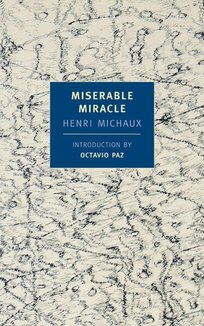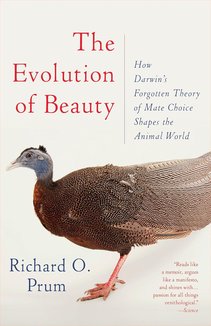Recommended Books

The Doors of Perception and Heaven and Hell (P.S.)
Author:
Aldous Huxley
ISBN 13:
978-0061729072
"A genuine spiritual quest. . . . Extraordinary." — New York Times Among the most profound and influential explorations of mind-expanding psychedelic drugs ever written, here are two complete classic books— The Doors of Perception and Heaven and Hell —in which Aldous Huxley, author of Brave New World , reveals the mind's remote frontiers and the unmapped areas of human consciousness. This edition also features an additional essay, "Drugs That Shape Men's Minds," now included for the first time.

Miserable Miracle (New York Review Books Classics)
Authors:
Henri Michaux
,
Louise Varèse
,
Octavio Paz
ISBN 13:
978-1590170014
"This book is an exploration. By means of words, signs, drawings. Mescaline, the subject explored." In Miserable Miracle , the great French poet and artist Henri Michaux, a confirmed teetotaler, tells of his life-transforming first encounters with a powerful hallucinogenic drug. At once lacerating and weirdly funny, challenging and Chaplinesque, his book is a breathtaking vision of interior space and a piece of stunning writing wrested from the grip of the unspeakable. Includes forty pages of black-and-white drawings.

The Evolution of Beauty: How Darwin's Forgotten Theory of Mate Choice Shapes the Animal World - and Us
Author:
Richard O. Prum
ISBN 13:
978-0345804570
A major reimagining of how evolutionary forces work, revealing how mating preferences—what Darwin termed "the taste for the beautiful"—create the extraordinary range of ornament in the animal world. "A delicious read, both seductive and mutinous.... Minutely detailed, exquisitely observant, deeply informed, and often tenderly sensual." — New York Times Book Review In the great halls of science, dogma holds that Darwin's theory of natural selection explains every branch on the tree of life: which species thrive, which wither away to extinction, and what features each evolves. But can adaptation by natural selection really account for everything we see in nature? Yale University ornithologist Richard Prum—reviving Darwin's own views—thinks not. Deep in tropical jungles around the world are birds with a dizzying array of appearances and mating displays: Club-winged Manakins who sing with their wings, Great Argus Pheasants who dazzle prospective mates with a four-foot-wide cone of feathers covered in golden 3D spheres, Red-capped Manakins who moonwalk. In thirty years of fieldwork, Prum has seen numerous display traits that seem disconnected from, if not outright contrary to, selection for individual survival. To explain this, he dusts off Darwin's long-neglected theory of sexual selection in which the act of choosing a mate for purely aesthetic reasons—for the mere pleasure of it—is an independent engine of evolutionary change. Mate choice can drive ornamental traits from the constraints of adaptive evolution, allowing them to grow ever more elaborate. It also sets the stakes for sexual conflict, in which the sexual autonomy of the female evolves in response to male sexual control. Most crucially, this framework provides important insights into the evolution of human sexuality, particularly the ways in which female preferences have changed male bodies, and even maleness itself, through evolutionary time. The Evolution of Beauty presents a unique scientific vision for how nature's splendor contributes to a more complete understanding of evolution and of ourselves.